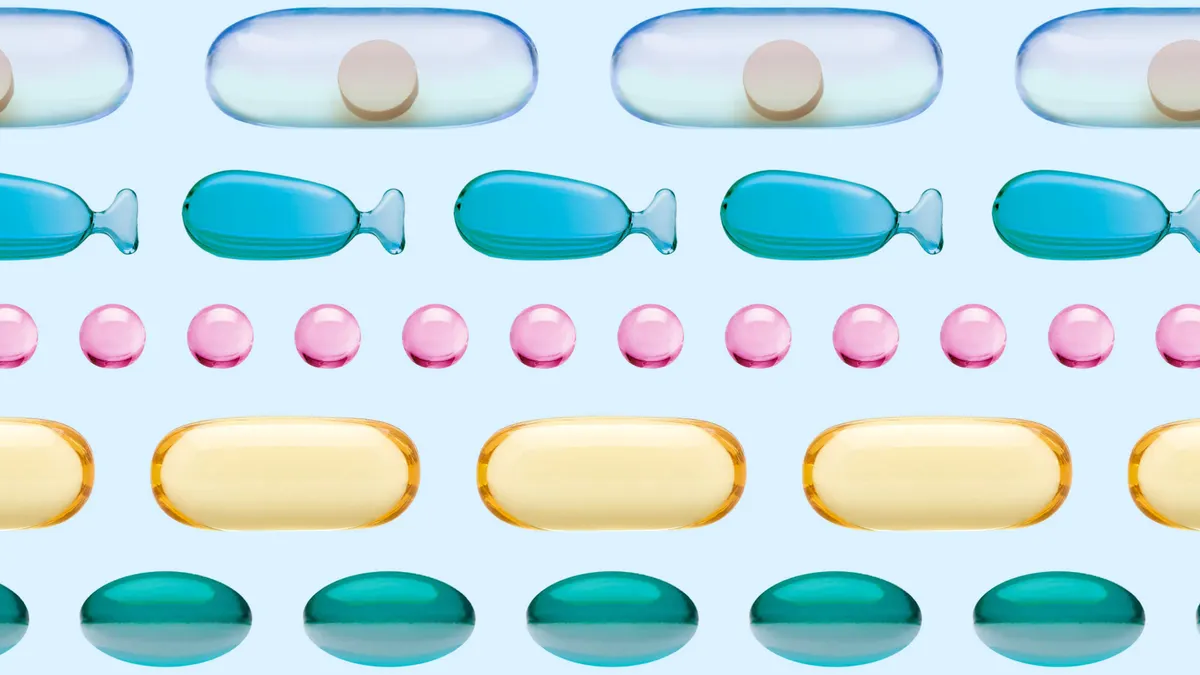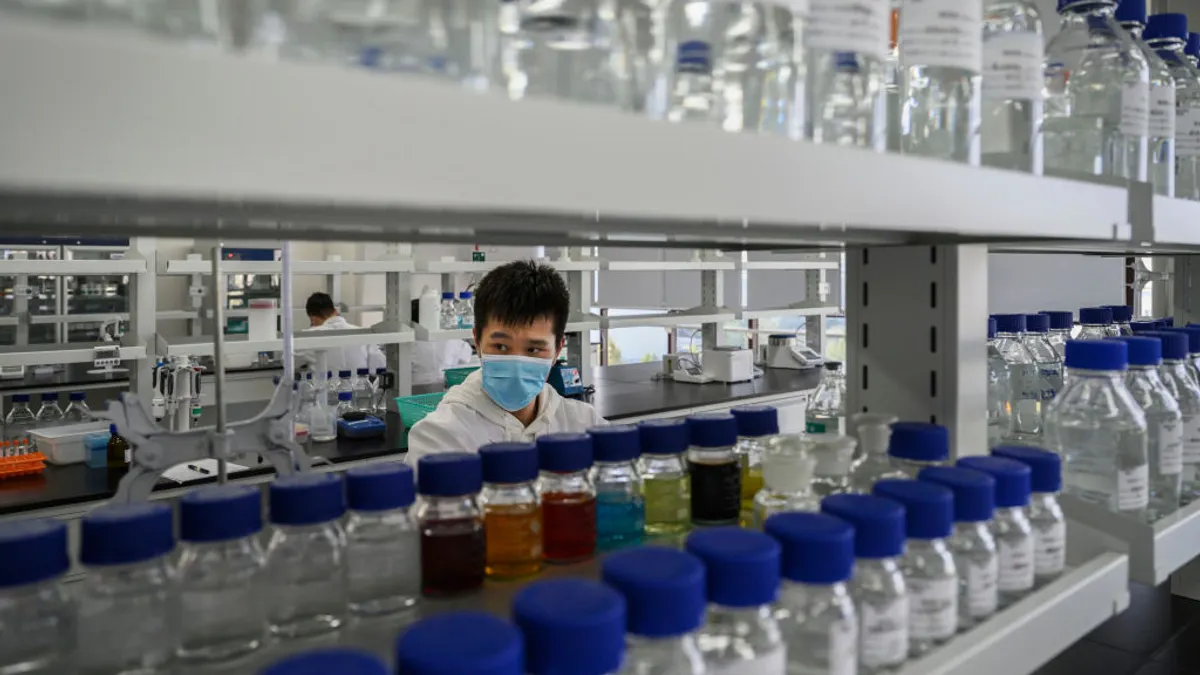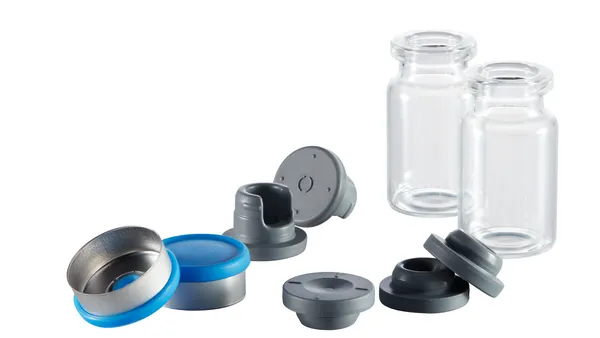Drug developers face immense pressure to accelerate timelines and do more with less. Any inefficiency across clinical development can stall studies and delay therapies that patients need.
Efficient manufacturing plays a critical role in accelerating timelines throughout clinical development.
“Go-to-clinic strategy must be embedded from the earliest stages of preclinical development, not just considered at the point of manufacture,” says Guillaume Enderlin, Associate Director, Product Development at Catalent. “Delays or overlooked risks in early stages can cascade into costly setbacks later. By integrating manufacturing thinking early, we not only accelerate timelines but also de-risk the entire program, ensuring smoother transitions from early-phase development to commercial launch.”
Accelerating early-stage manufacturing requires flexibility
Despite understanding the importance of efficient manufacturing, sponsors can run into a number of roadblocks in streamlining their manufacturing workflows. That’s because Phase 1 studies are traditionally conducted using conventional drug development models, involving fixed drug product strengths.
However, sponsors don’t yet know the appropriate doses for their therapeutic at this early stage of development. As a result, they need to create multiple formulations for different dosage levels, which can be prohibitively time and resource intensive. It’s also inflexible.
Sponsors can’t quickly adjust dosage or formulation during the trial, because of the amount of time required for additional development and analytical testing for each new iteration. Finally, it can undermine the healthy volunteer experience, because it may require these volunteers to consume an impractical number of capsules to achieve the different dose levels.
“Fixed drug product strengths and the need for multiple formulations not only consume a lot of APIs, they also create a drag on adaptability at the very moment when flexibility is most critical,” says Enderlin. “In some cases, the inability to adapt manufacturing quickly enough can become a barrier, forcing programs to pause or even shut down. That’s why streamlining development programs from day one isn’t optional, it’s fundamental to meeting your objectives.”
Fast-tracking Phase I with an innovative approach to manufacturing
So when one sponsor sought a more efficient solution, they turned to Catalent for help.
“Our sponsor came into trouble mode, looking for a fast and efficient solution to resolve the complex issues of their molecule,” Enderlin explains. “Manufacturing multiple strengths based on the dosing regimen would have required too much API. Moreover, the difference between the lowest and highest strengths was too large and would have led to impractical batch manufacturing a large number of capsules.”
The team implemented on-demand manufacturing using a softgel approach.
On-demand manufacturing combines formulation development, clinical manufacturing, regulatory support, and clinical testing into a single adaptive program. Unlike bracketed approaches, which require manufacturing therapeutics at a range of doses in advance, an on-demand approach shifts the manufacturing of the dosage form to trial sites.
This adaptive approach allows sponsors to leverage real-time data to inform dosing decisions, enabling flexible and rapid dose escalation, which is crucial for early clinical success. On-demand manufacturing also unlocks the potential to conserve active therapeutic ingredients (APIs) during the trial, which may help manage costs. Finally, it helps reduce the need for lengthy stability studies, reducing the risks associated with converting intermediate drug products into finished dosage forms prematurely.
Softgels: An ideal formulation to enable on-demand manufacturing
Success with on-demand manufacturing requires careful coordination between sponsors, clinical research organizations (CROs), and formulation scientists. But it also requires a formulation optimized for this manufacturing strategy.
Catalent’s client set themselves up for success by selecting a softgel formulation. Rather than having to ship capsules in a range of dosing levels, or administer several capsules per patient, the sponsor could ship the lipid-based fill formulation and nitrogen-filled softgel capsules to sites separately. From there, site staff were trained to fill and seal the capsules at the required doses.
“Suddenly, patients didn’t need to swallow up to 75 capsules to achieve a higher dose, and site staff could manufacture a single capsule that contained the dose they needed,” says Enderlin.
The results: Faster timelines, lower costs
The on-demand strategy was a resounding success. Sites were able to reduce their API usage 100g, compared to a projected 250g using conventional softgel technology. They were also able to condense their manufacturing timeline from 36 weeks to just 16 weeks.
Overall, the client realized cost savings of 38% by opting for on-demand manufacturing rather than conventional softgel manufacturing.
“By thinking outside of the box and working jointly with the sponsor and regulatory authorities, we were able to bring a new molecule to patients and jointly achieve our common mission: improve people’s health,” says Enderlin. “Our strategy to support customers with their constraints is a key stone in our culture as we help these companies grow their products and create value for patients”
The bottom line
As launches continue to grow in complexity, flexible formulations like softgels are poised to help developers overcome logistical challenges to manage costs and condense timelines during early clinical development.










